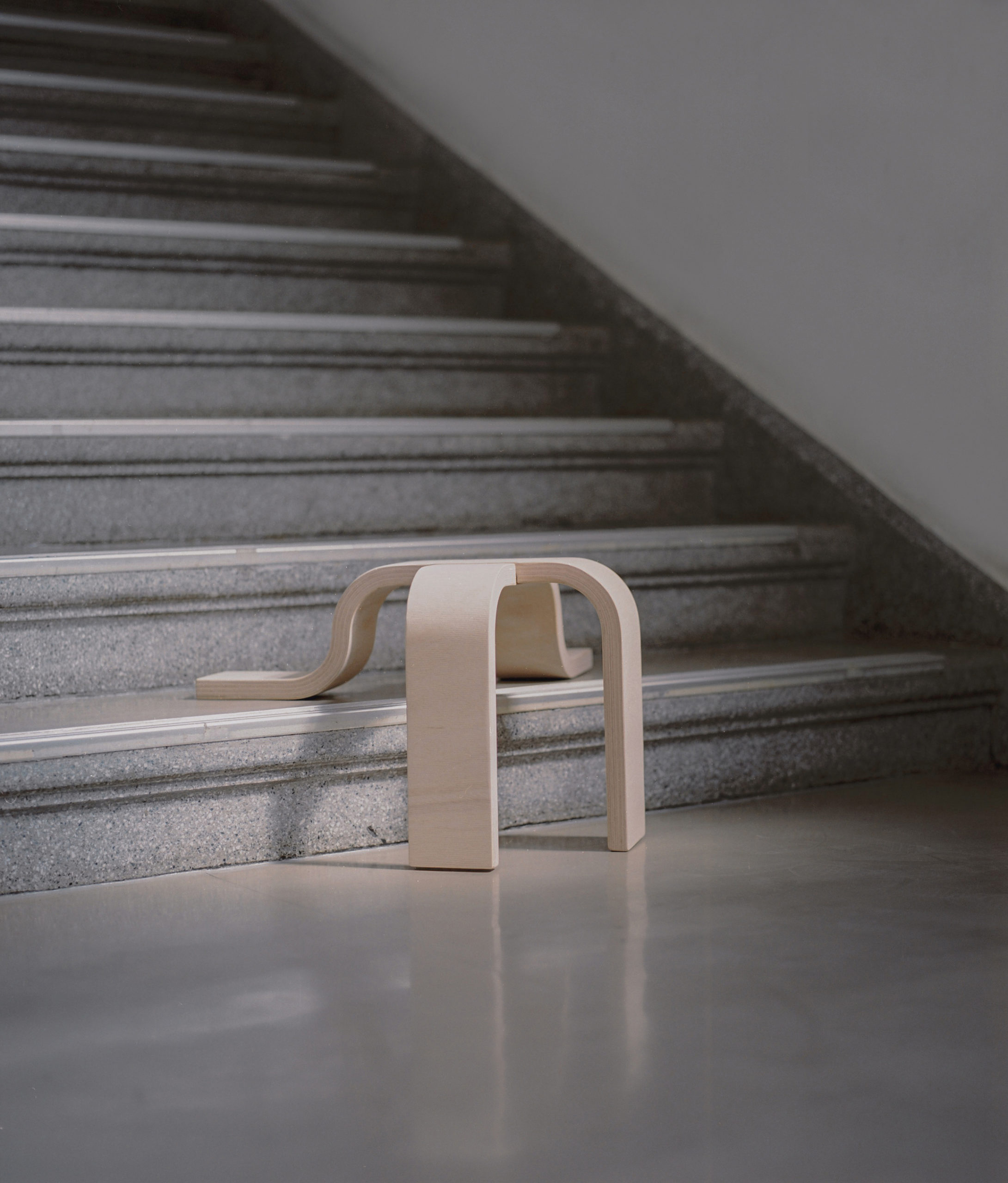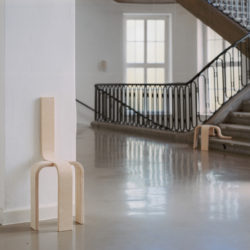CORNNIE
Description
A seating series designed for corner spaces, presenting a solitary moment that conveys the message “everyone needs space for themselves.” Users can create a relatively personal space there through the use of the seating, without building a wall between each other. The furniture also shows that we don‘t always need to be proactive in seeking interaction, but can take a step back and make ourselves comfortable.What is the Topic?
The places between public and private space, are becoming more open as time goes on. The people who use these„in-between spaces” are diverse. The interactions in these spaces enrich our everyday lives and provide inspiration, but also lead to stressful situations due to the lack of places to retreat. Corners, stairwells, and window sills aren’t usually used as spaces for relaxation, however, people still use them when they need personal space or need a short break. These needs and patterns lead to the discussion of the relationships between people and space. The objects which the designer has designed play an important role, they create an interface between them. Through the redistribution of people in a space, the togetherness and seclusion between people are more complete. Instead of seeing togetherness as the answer, the designer has focused on our tendency towards seclusion.
Why does it look like this?
The designer used the relationship between stool and space in the design to create a dialogue between them. This interrelationship leads to the specific characters of the stools, and these characteristics also seem to hint to the user how they can use the space in a novel way. The process empowers the users to experience their environment with a new perspective.
What is special?
CORNNIE are stools that try to find solitary spaces for people and provide them a soothing feeling during long-term interaction with others. Furthermore, it gives users the initiative to think about how they can use the stools and explore the space. It also highlights how furniture can lead people to a different daily scene. Last but not least, CORNNIE shows how design can be an important role to communicate with users, even with a simple form. All viewers can find their own empathy in this design. Regardless of whether you use it and try to feel comfortable in a room and find the balance between communal togetherness and seclusion. Or when you see the scattered chairs, you notice that we need to be alone timely. Or through the stools, which usually don't match, you see that one can’t always do everything well, but we all have our special ability and are unique.
What is new?
Chairs are always considered to be universal furniture. People can use a chair anywhere they want. Instead of being universal like the other chairs, CORNNIE used specialization to limit its Universality. But this kind of character makes CORNNIE as stools aroused questions from different perspectives. Does the designer limit the freedom of a chair, or does she just give chairs more possibility to explore the space? Does Universal Design limit our imagination to use a space variously? And so on. Last but not least, in the discussion of the interaction between peoples, CORNNIE doesn't see togetherness as the answer, but focuses on our tendency towards seclusion when needed. So people could have the opportunity to adapt to the surroundings and get along with others in a long term way.




